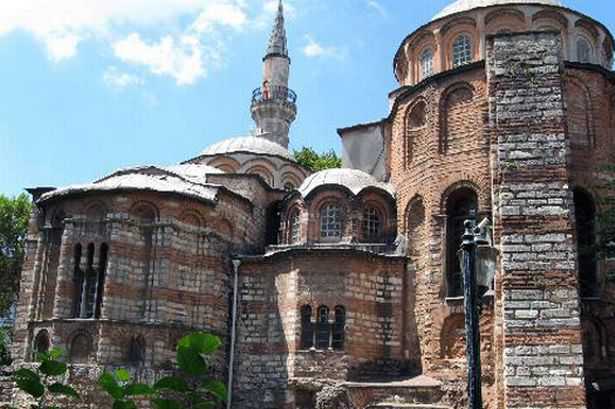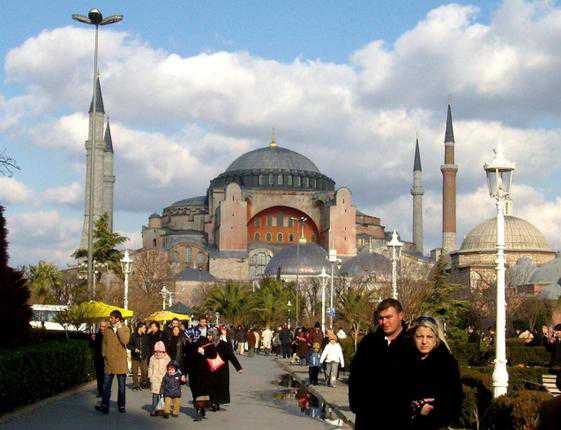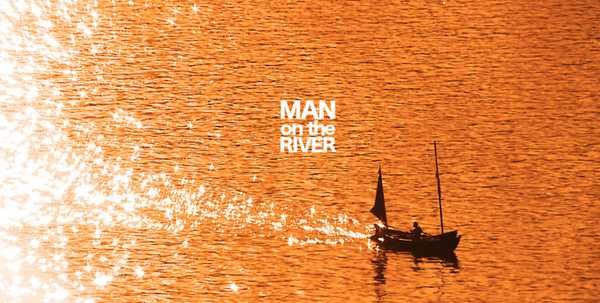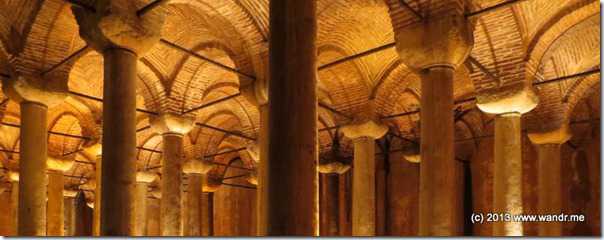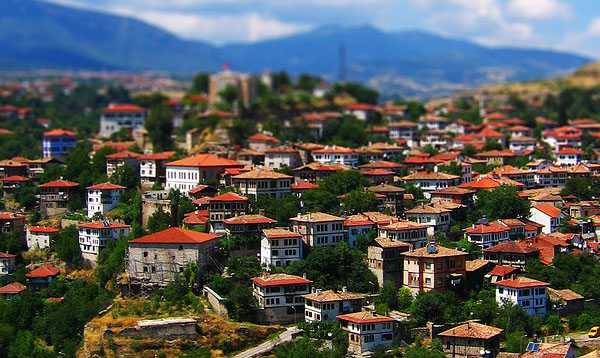The Post Office has recently released its annual Worldwide Holiday Costs Barometer report, listing the world”s best value holiday destinations. This year”s Barometer, which looks at the prices of eight popular tourist items in different locations, saw Turkey make a return to the Top 10 for the first time since 2008.
Always great value, holidays to Turkey have become even more affordable recently thanks to resort prices falling by a massive 16% on average over the last 12 months, and the country now features on the ”best value” lists of many top travel bloggers.
While the Post Office recommends visiting Marmaris for its wonderful weather and awe-inspiring natural harbour, the American travel blog Fodor”s Travel Intelligence highlights Istanbul as a great value destination that offers a unique mix of eastern and western culture.
Though not the official capital city – Ankara holds that honour – it”s the largest city in Turkey and something of a cultural capital. And with the Post Office reporting a fall in Turkish restaurant prices of around 22%, you”ll find some great value culinary delights here.
For fantastic lunchtime sandwiches, visit GüngörBüfe. This place may look like just another corner shop, but it”s been lauded by a group of Italian travellers as offering the best sandwiches outside of Naples – quite an accolade. You can make your own sandwich from an unusual array of fillings, including a delicious eggplant spread, or chicken parmesan with a Turkish twist. For an authentic taste of Istanbul, visit FatihKaradenizPidecisi and sample some perfect pide, a kind of Turkish pizza. Word has it you can hear the crunch of fresh bread from outside the restaurant.
If you fancy seeing other parts of Turkey, it”s worth remembering that the country”s trains are an especially quick and affordable way of getting around. In a land with such a colourful history, you”ll never be short of things to see and do. In addition to being home to two Wonders of the Ancient World – the ruins of the Temple of Artemis at Ephesus and the remains of the Mausoleum at Halicarnassus in Bodrum – there are plenty of other treats, like the weird and wonderful ”fairy chimney” rock structures in Cappadocia.
Visit Turkey with Cosmos, with holidays available from just £226 / USD 400 per person. Take a look at for a range of low-cost deals, with flights departing from Manchester, Birmingham, London Luton, London Gatwick and Leeds Bradford airports. www.cosmos.co.uk.
via AirGuideOnline.com — Turkey make a return to the Top 10 vacation destinations.


